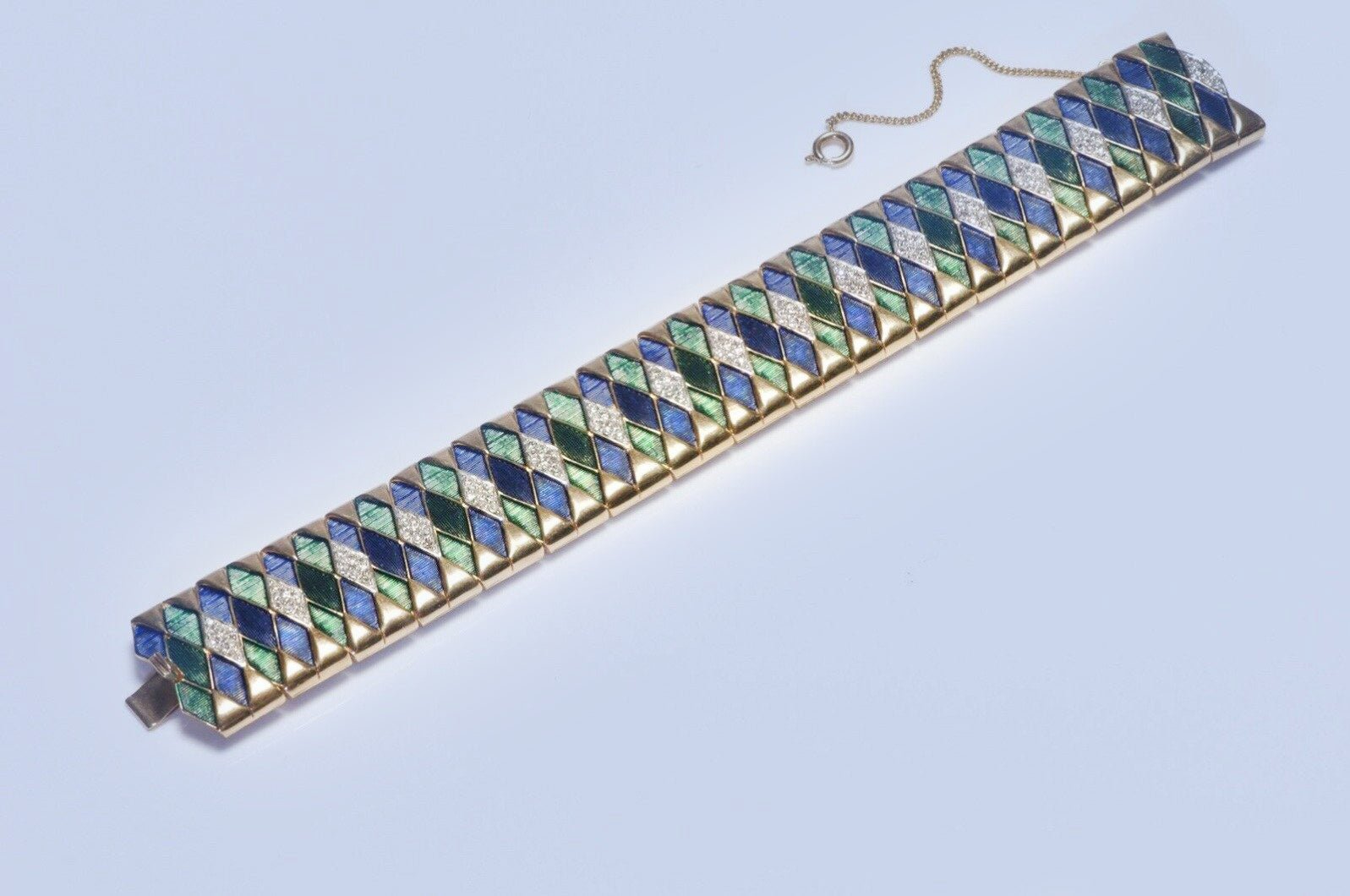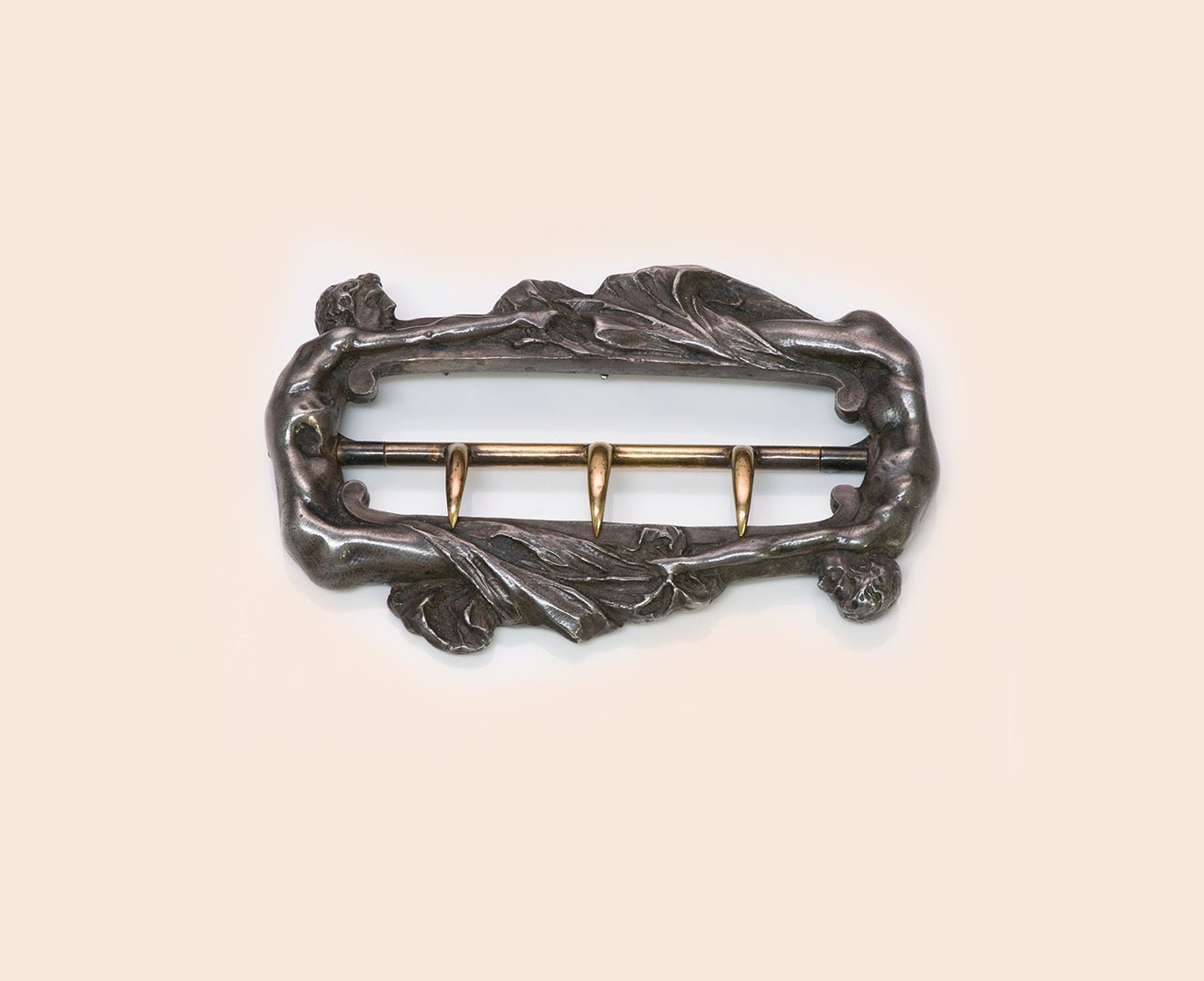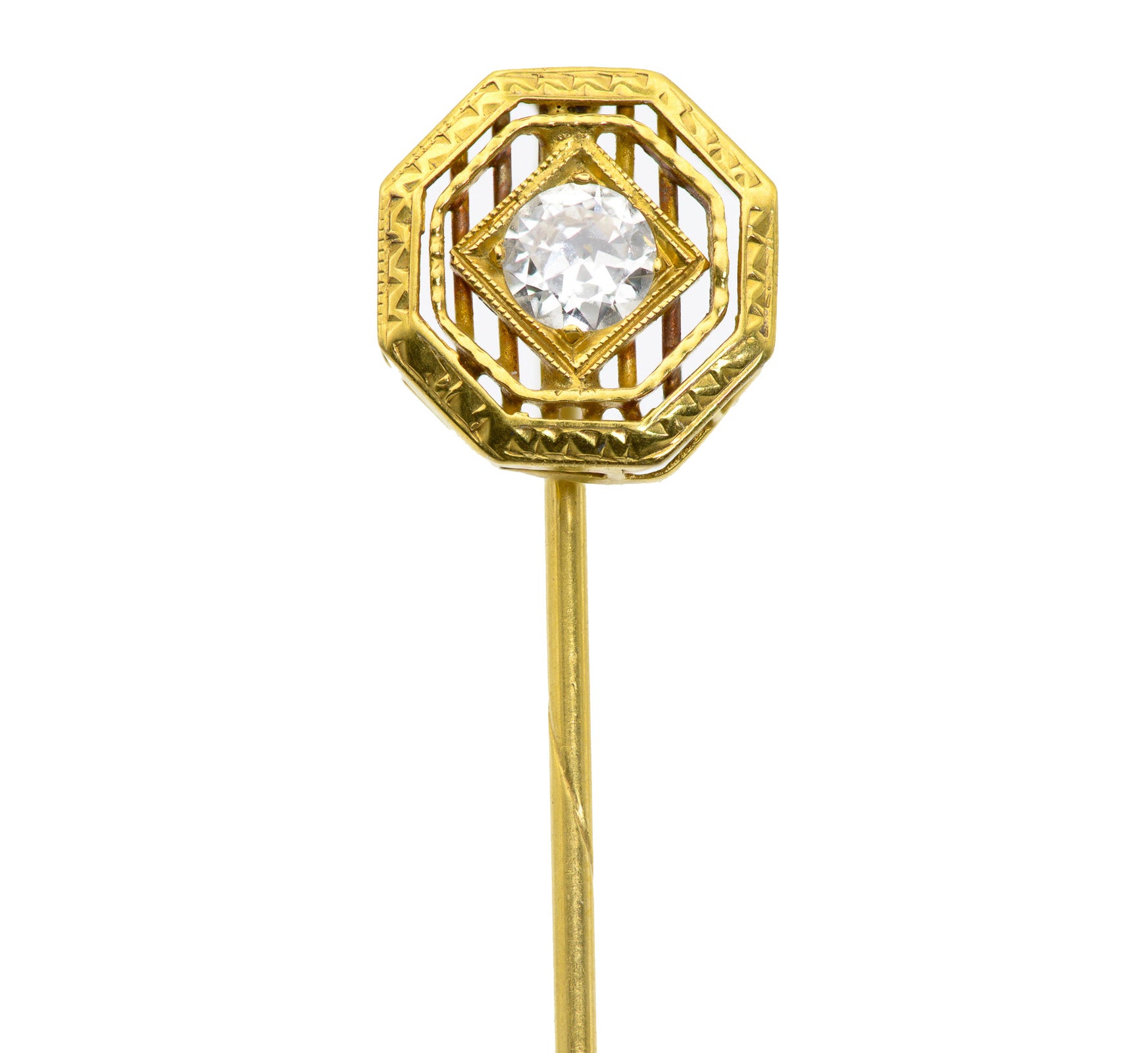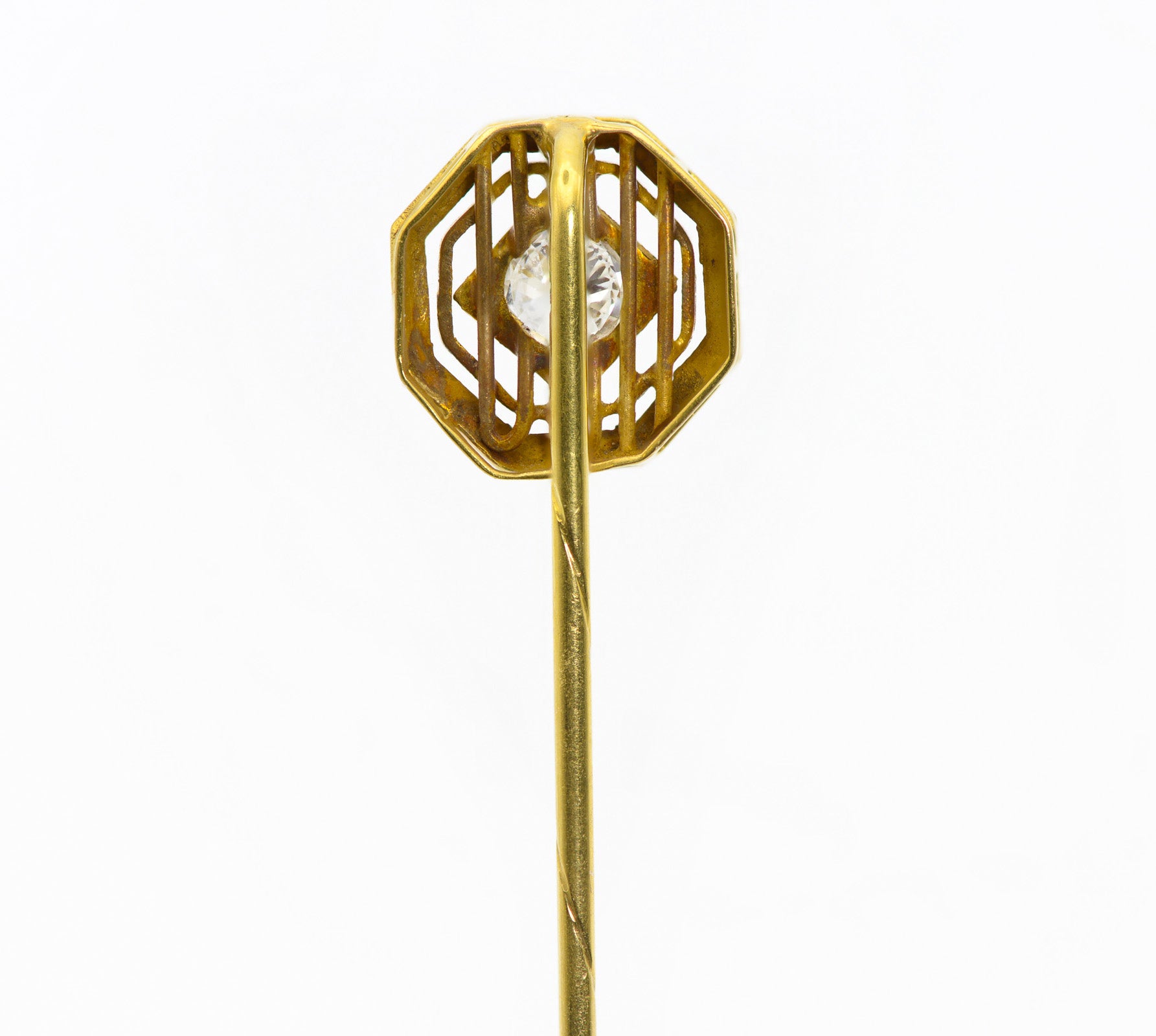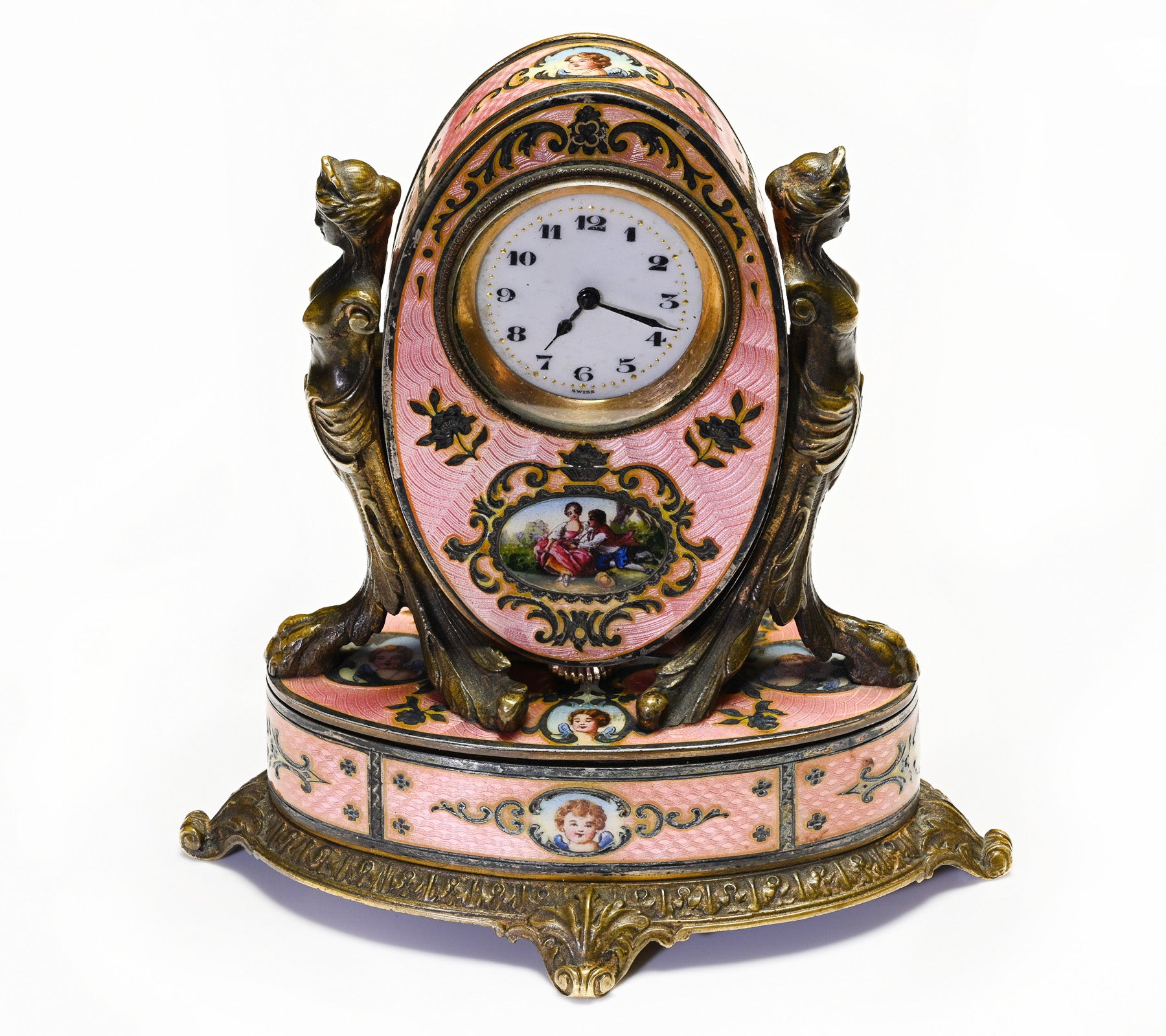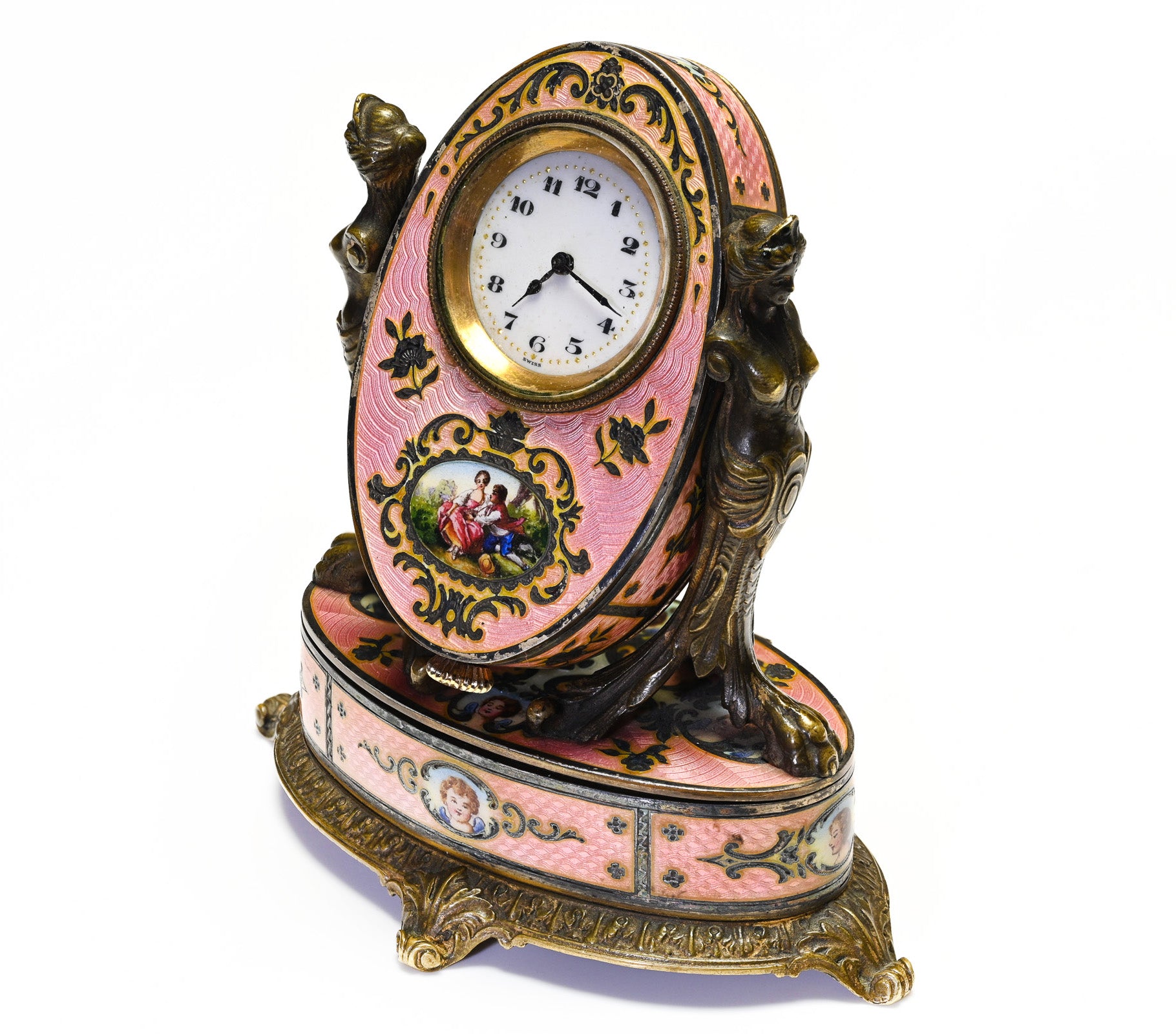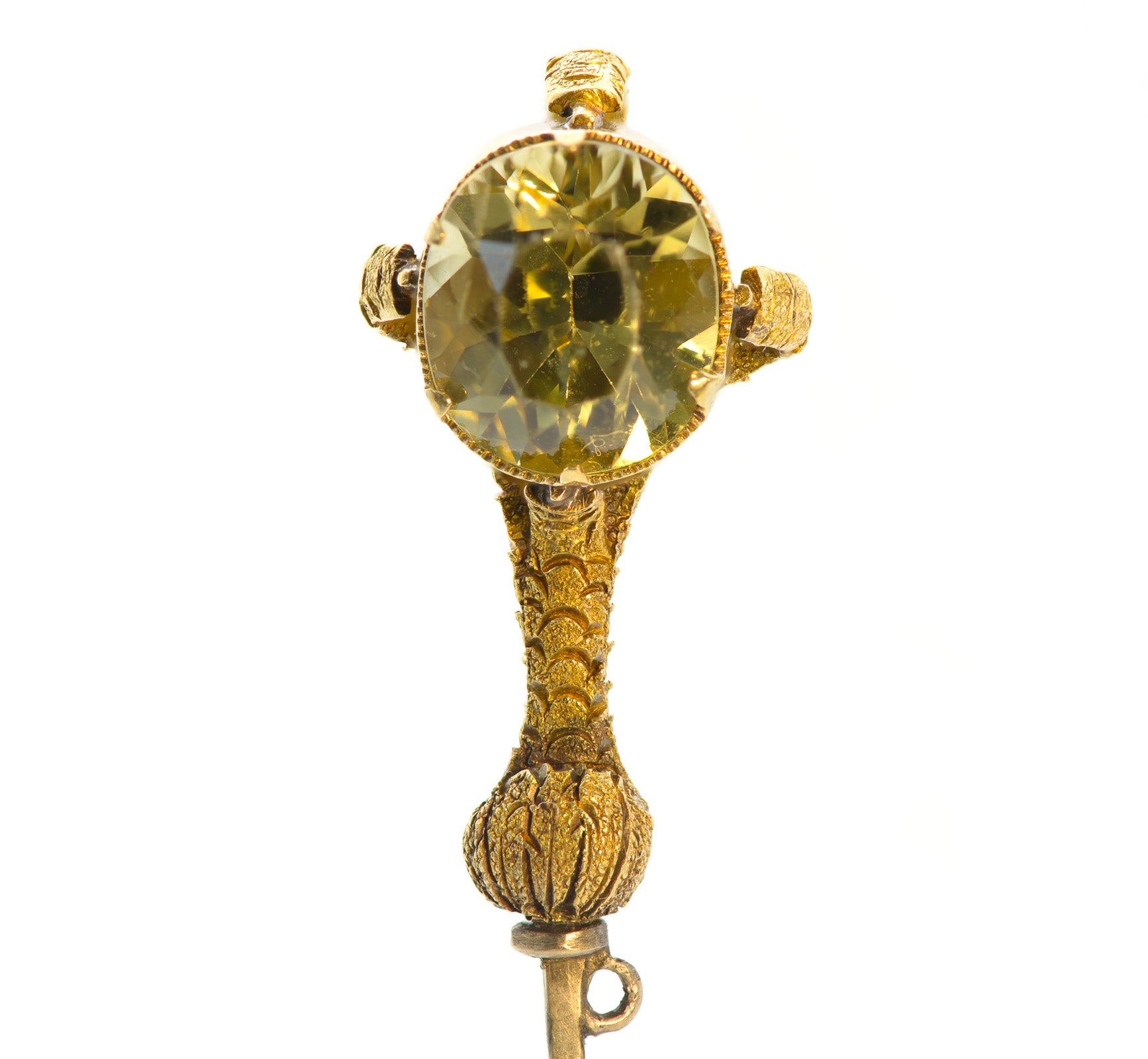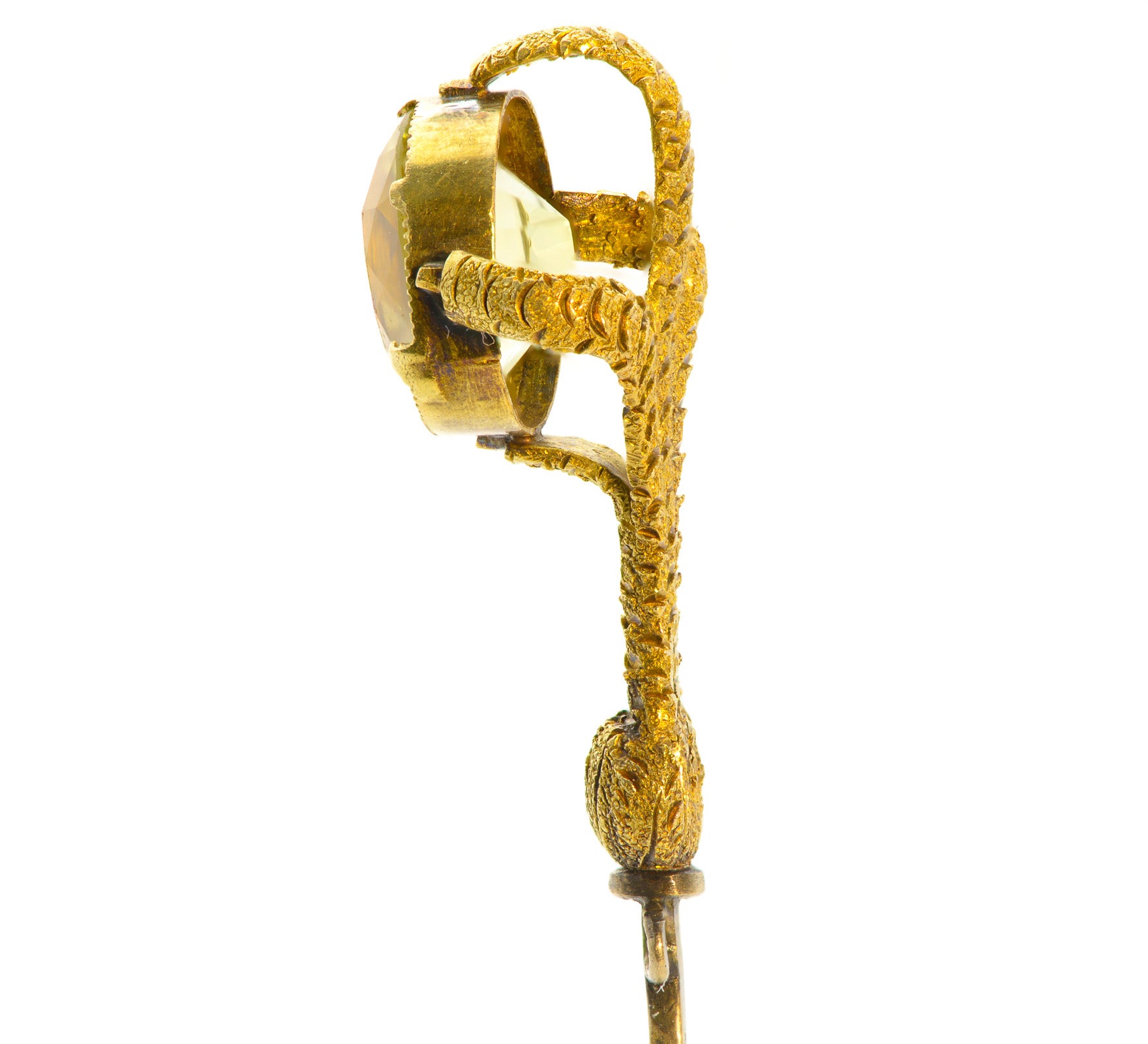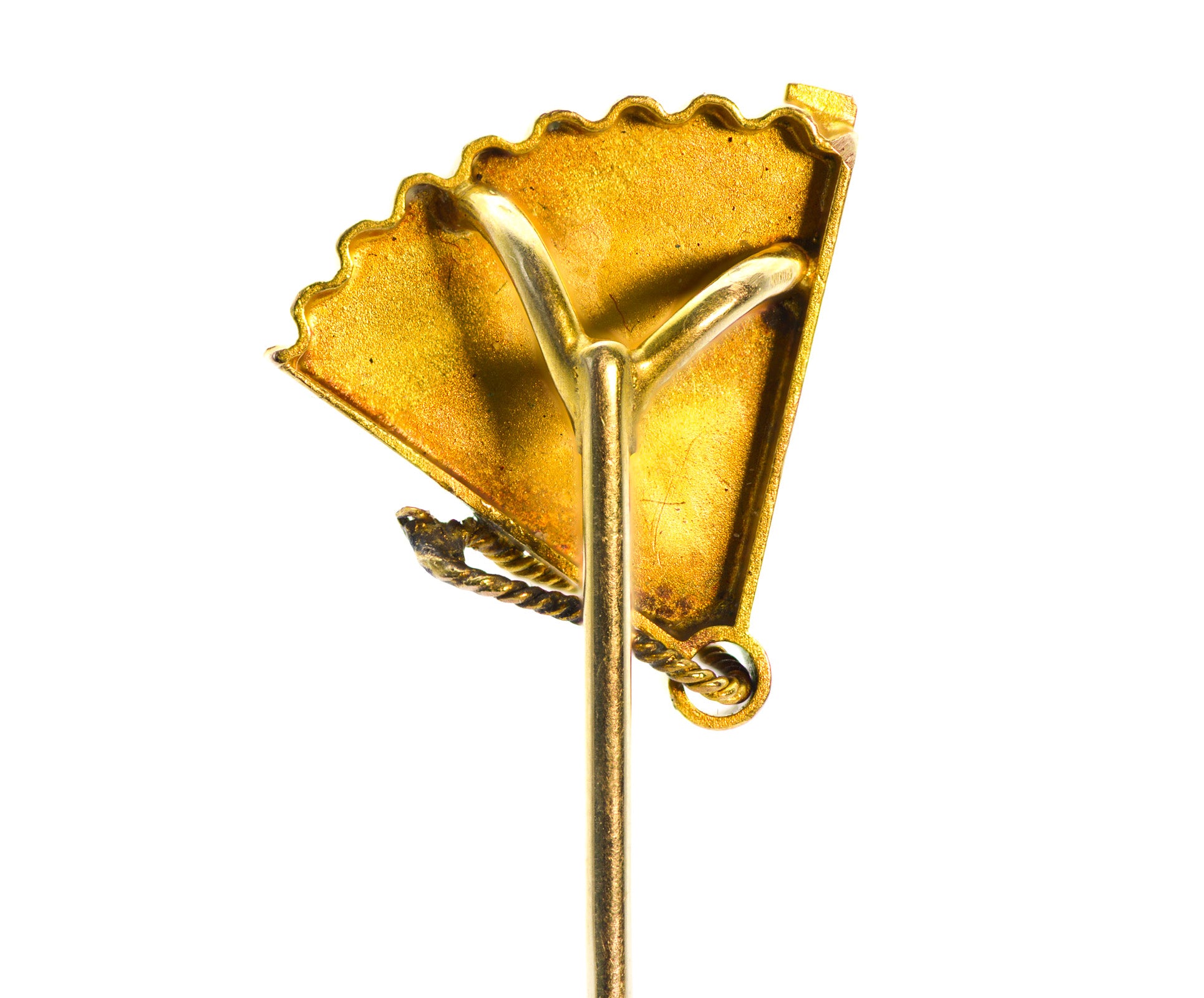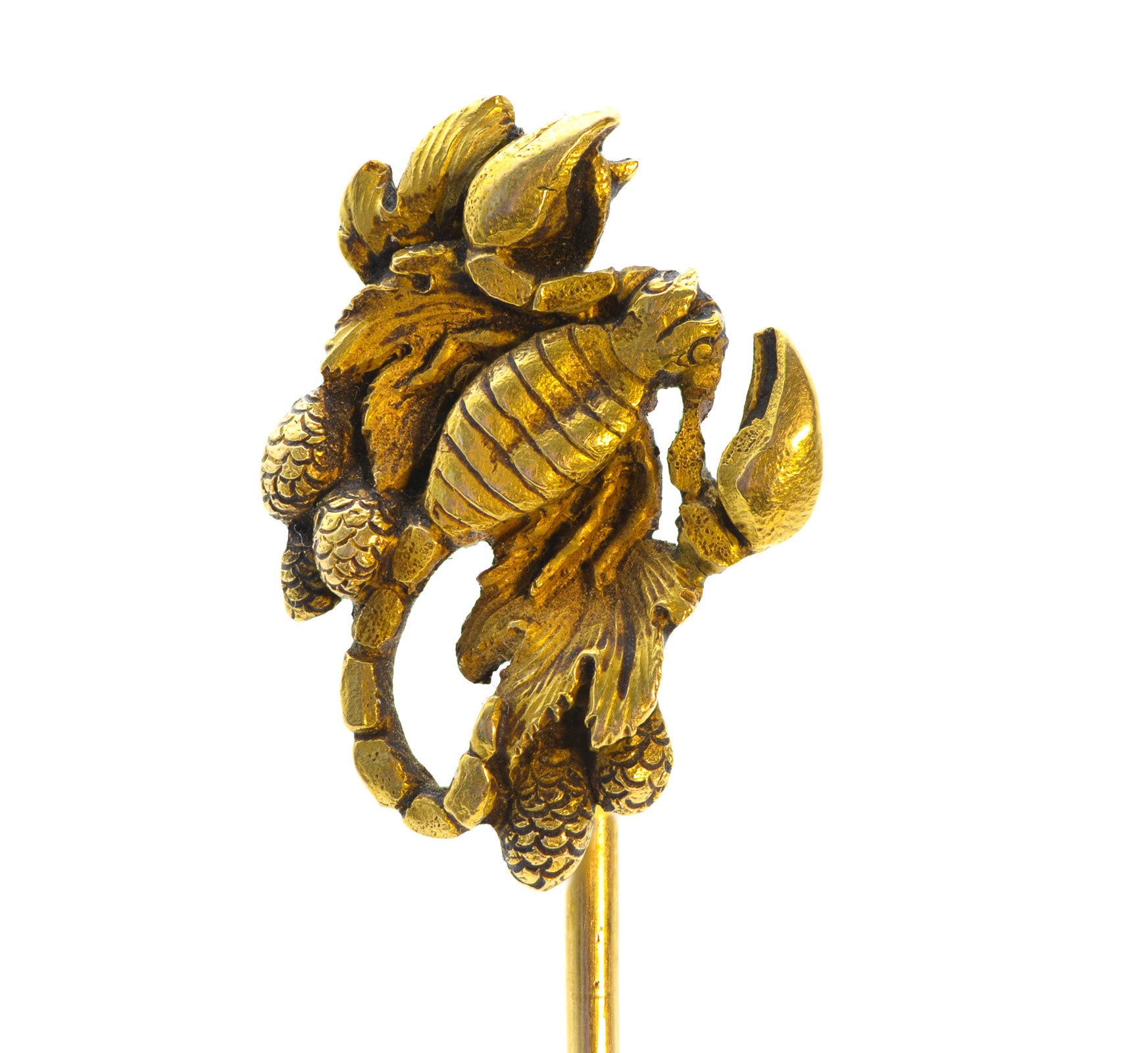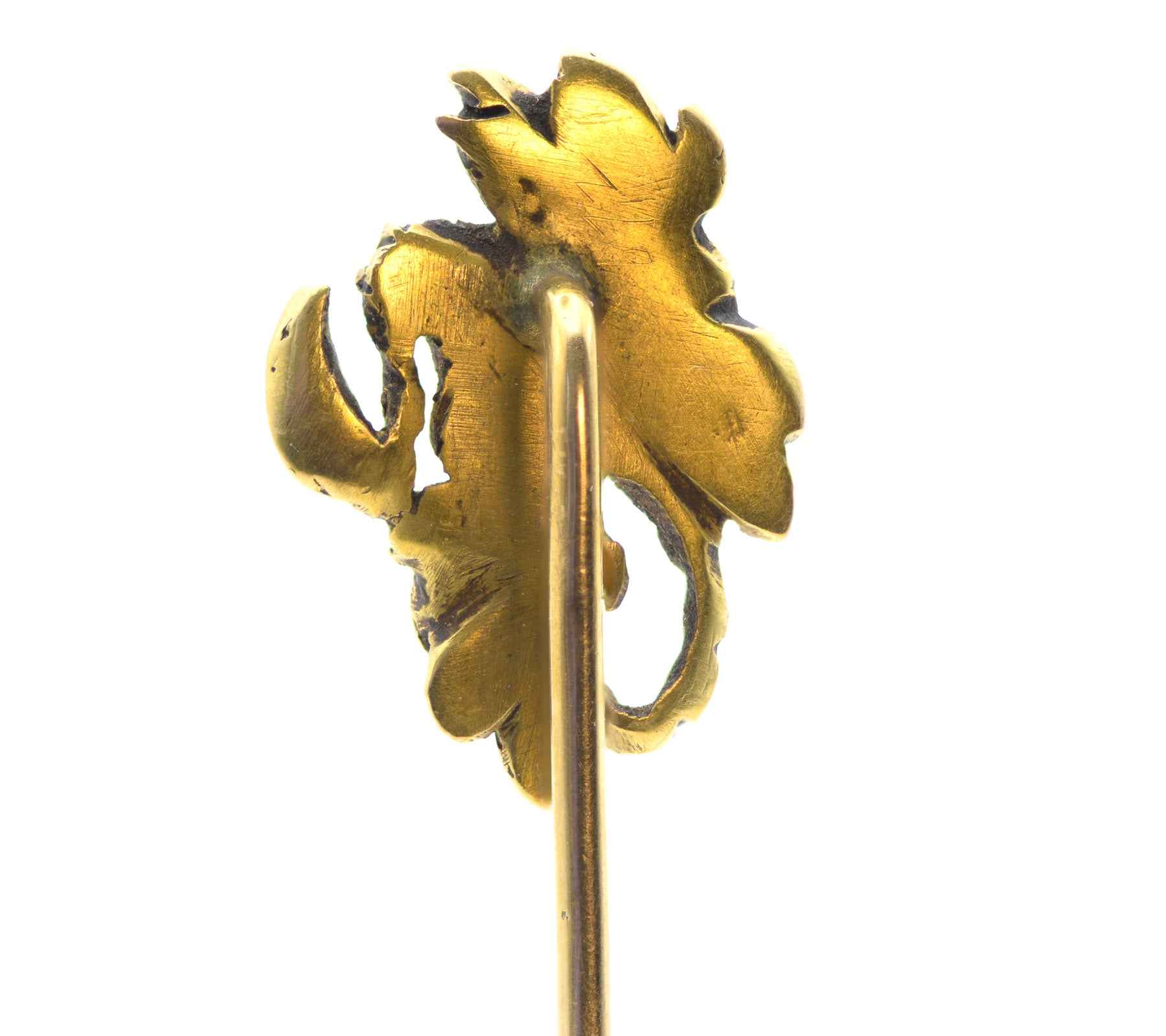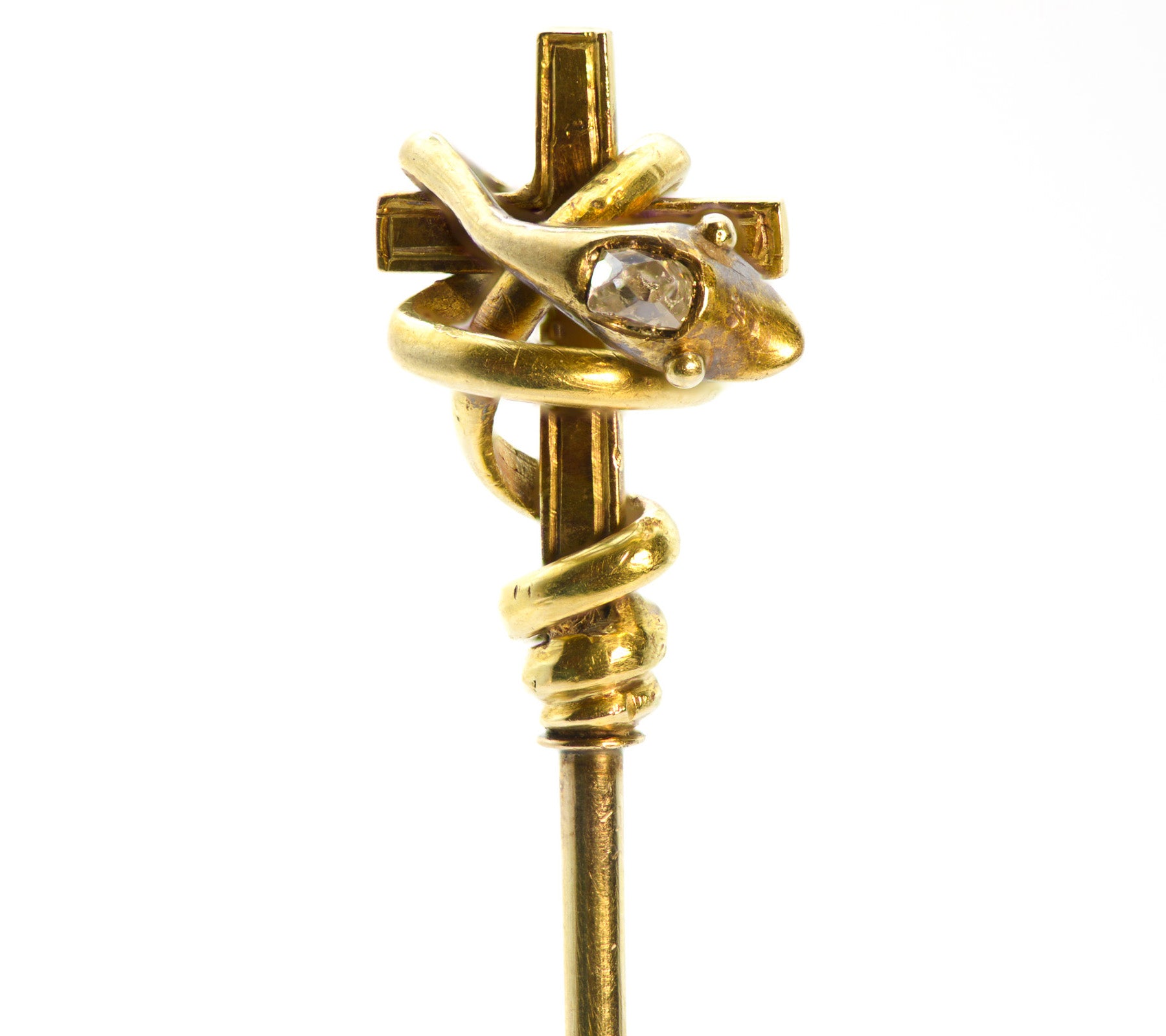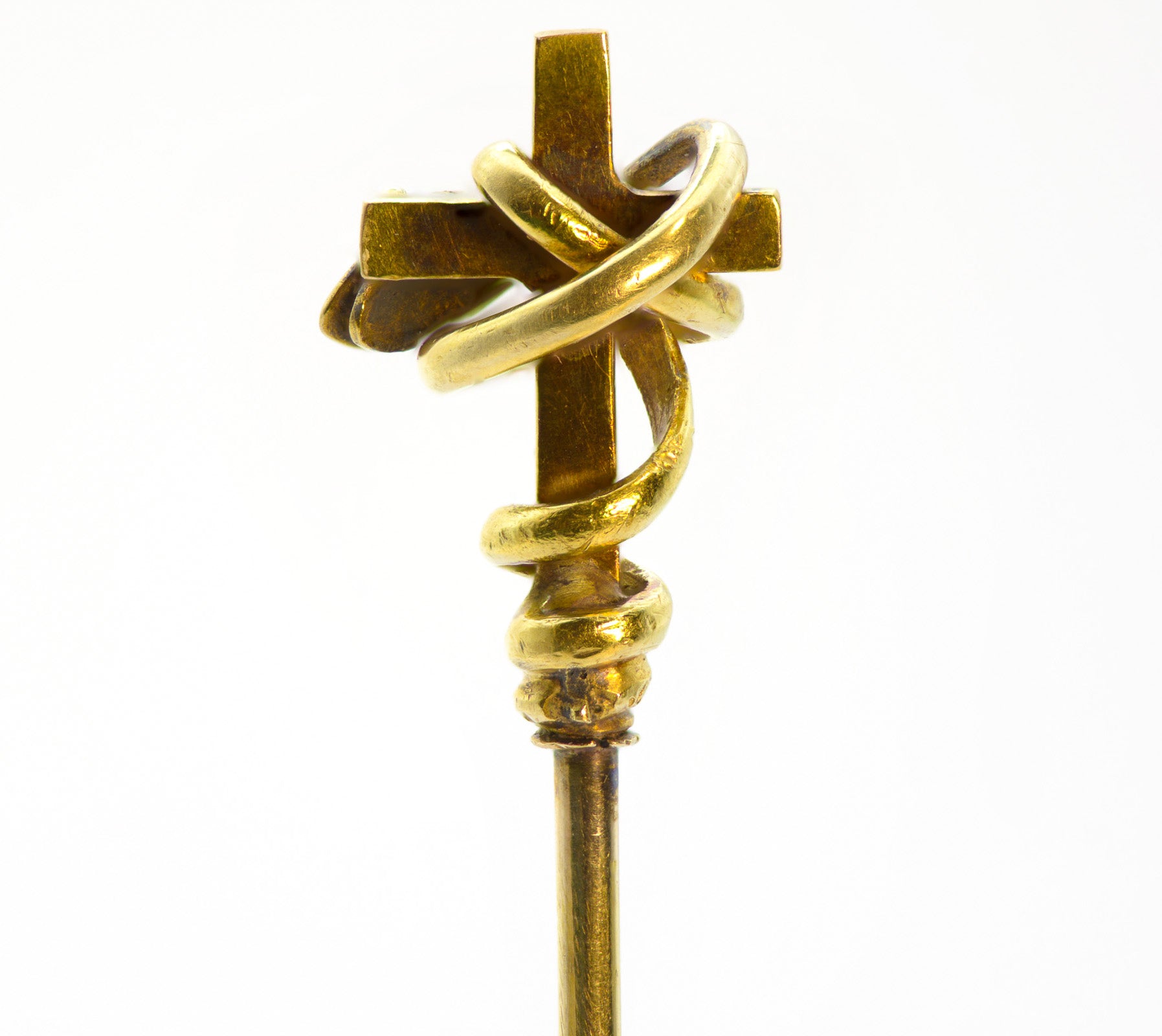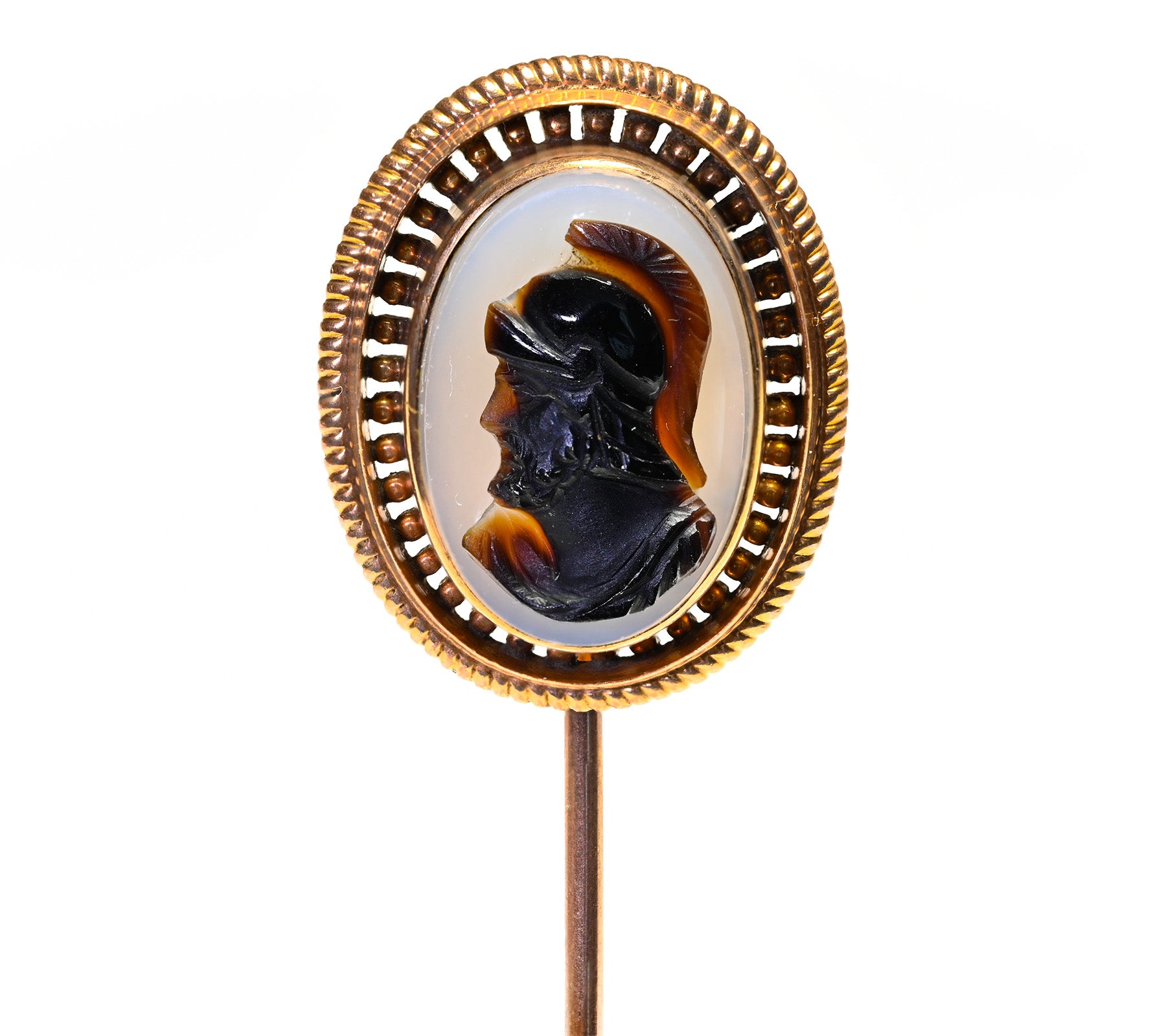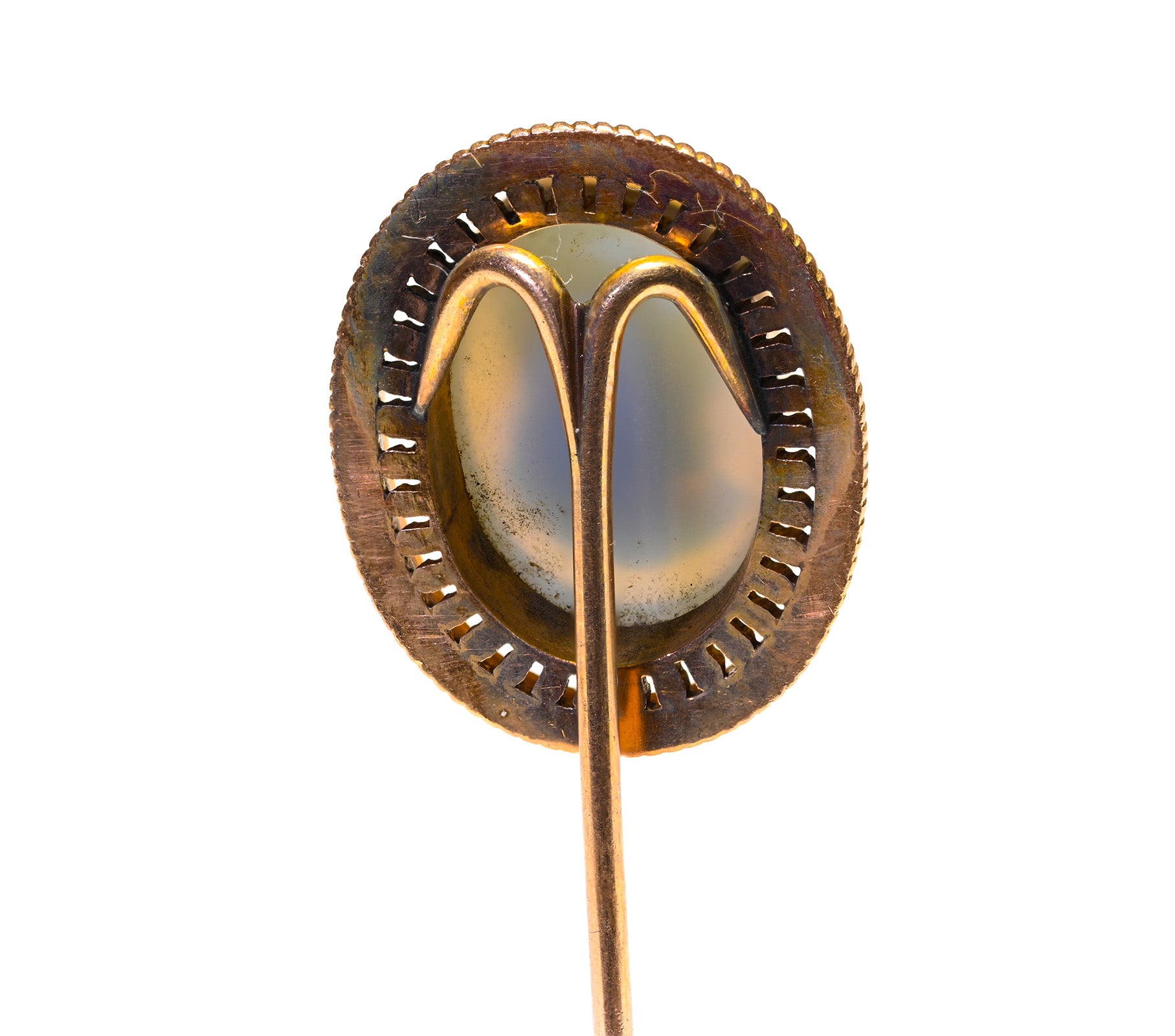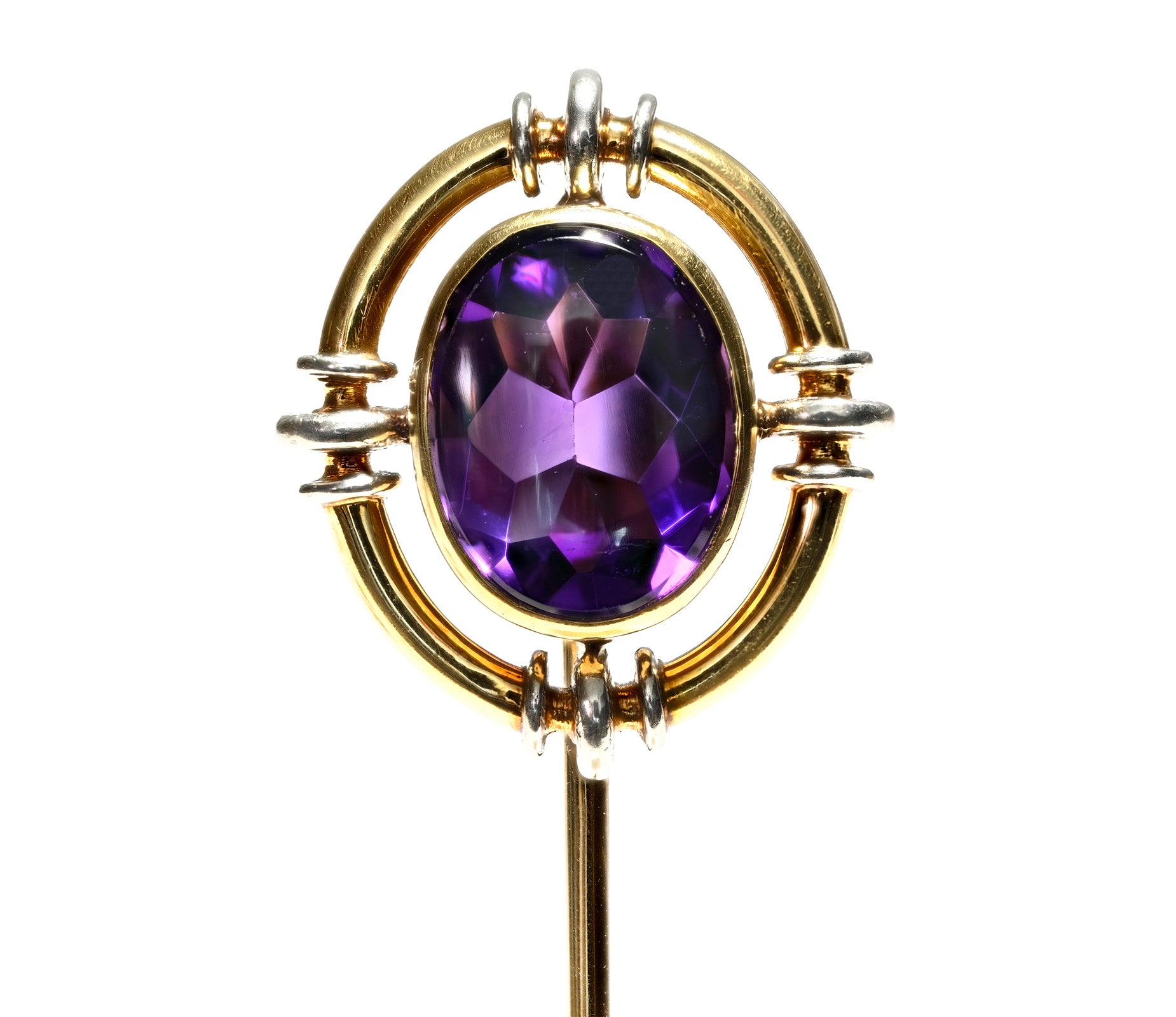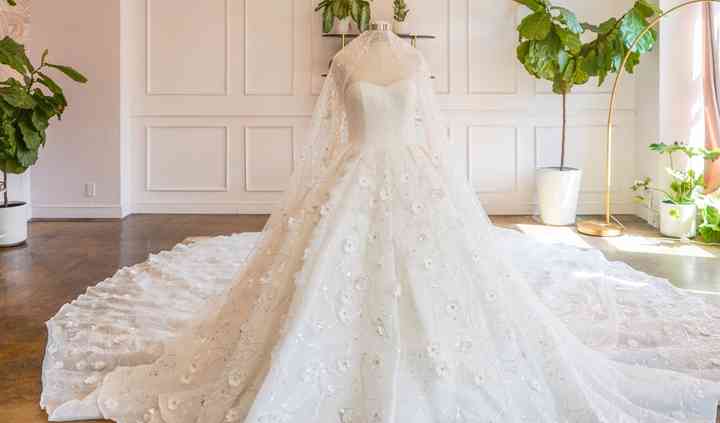
The History of the Wedding Dress
The color and design of a wedding dress in ancient times are not similar to what we know today. Let us explore a little the history of the wedding dress.
For example, in ancient Rome, brides wore the same white tunic they wore every day but wore a purple veil adorned with a wreath.
In the days of the Lombards, brides wore a wide black tunic and a red cloak.
In the Middle Ages, the wedding did not have the characteristics of love and romance that we know today. It was a union of 2 families for economic, political, or social interests. The bride at that time represented her family and especially the social category to which she belonged. It was not necessary for the dress to be white: at that time, a woman in high society, if she used the color white, it was for the price of the fabric, not to reflect the purity of the bride. The religious idea of purity will be installed much later. During this period we see red wedding dresses with gold decorations representing royalty and power.
In Greece, in the 4th century BC, a yellow wedding dress was worn, and Islamic brides wore black tunics, which represented purity for them.
Fifteenth-century Europe was marked by the fashion of the Court. In Burgundy, the style of brides was Gothic, overlapping two brightly colored dresses with a belt at the waist, a cone-shaped hairstyle, with a scarf attached. In Italy, wedding dresses were lighter, with printed flowers, a tiara woven with jewelry, and a beautiful veil.
In the 16th century, the Court of Spain stood out for its fashion, with breathtaking corsets, an "accordion" neck, and a wedding dress that ended with a wide train, all to get a straight and proud outfit for the bride.
The Birth of the White Wedding Dress
The "birth" of the white wedding dress began in 1558 when Mary Stuart married Francis II wearing a white dress. The choice of color was not accidental, because the color symbolized the Duchy of Guise where the bride came from. Gradually, over the years, dresses started to have more "ornaments", with more colors, bows, ruffles, lace, as well as precious jewels attached to them.
At the Wedding Ball of the Duke of Joyeuse with Margaret of Lorraine-Vandémont in 1580, we can observe that the outfits of the couple do not differ from those of the guests. In 1660, Princess Maria Theresa of Spain wore a black dress on her wedding day to Louis XIV of France, and the wedding dress of Catherine the Great of Russia was made of silver brocade.
The fashion of the 1800s was marked by the French and bourgeois style with a high waist. The French fashion of the time was in turn inspired by the classical Greco-Roman era.
The white color of the wedding dress appeared in England in the nineteenth century. Princess Charlotte, Queen Victoria's cousin, used a white at her wedding in 1816, and this dress is kept in the Victoria & Albert Museum in London.
The White Wedding Dress Becomes a Must Have
On February 10, 1840, Queen Victoria of the United Kingdom wore an astonishing white wedding dress at her marriage to Albert of Saxony-Coburg and Gotha. Until then, dresses of different colors were used at weddings, especially since they were also used on other occasions. The wedding photo was widely disseminated and so many brides opted for this color. The color white was chosen because it expresses peace, happiness, purity, innocence, glory, and immortality.
The nineteenth century was against ostentation. The wedding dress is a day dress with ornaments that enrich it: pearls were usually used as jewelry at the ceremony.
The twentieth century brought a new color: black, which was related to austerity. But the white dress was also being used as well.
In the 1920s, women shortened their skirts, and in the 1930s, "el traje sastre" appeared.
In the 1950s femininity started to be explored. The dresses become wide, frothy, and were made of fine material. They were either long or short, and the designs were ever more fascinating. Beauty and elegance went to a whole new level, and the famous Spanish couturier Cristóbal Balenciaga shined brightly in the world of fashion through his exquisite craftsmanship and innovative "haute couture" designs.
Cristobal Balenciaga Goossens Pearl Poured Glass Bracelet
The Bridal Veil Depends on the Color of the Wedding Dress
The veil is white as the dress, symbolizing the virginity, modesty, innocence, and virtue of the bride. It was once used to protect the bride's face from external influences. In Oriental cultures, the veil hides the bride's face, and the groom, after the ceremony, could lift the veil and see his wife's face for the first time.
Around 4,000 years ago, women from Orient wore the veil for the rest of their lives: if they were unmarried as a sign of modesty, and if married as a sign of obedience to their husbands. In some Muslim countries, women had to cover their heads and parts of their faces every time they left the house. Over time, these rules became stricter and only the woman's eyes were allowed to be exposed.
In Northern European countries, only women who had been abducted by their husbands wore veils. Among the Greeks and Romans of the fourth century BC, long, transparent veils were fashionable for weddings; the color of the veil was dark yellow and covered the face. In fact, the wedding veil was very wide and reached the legs and was worn with the wedding dress for centuries.
During the Middle Ages, color ceased to be an essential factor. The focus becomes the high quality of the material and embroidery. Finally, the white veil was imposed in England and France in the 18th century.
Today, in addition to white, the color of the wedding dress can vary between cream, ivory, or champagne, the veil having the same color.
In the Muzeul del Traje de Madrid we can see models of wedding dresses from the 19th century, while in the Museum of Philadelphia there is a wedding dress from 1809 made of silk, which reflects the style and fashion of that time.

